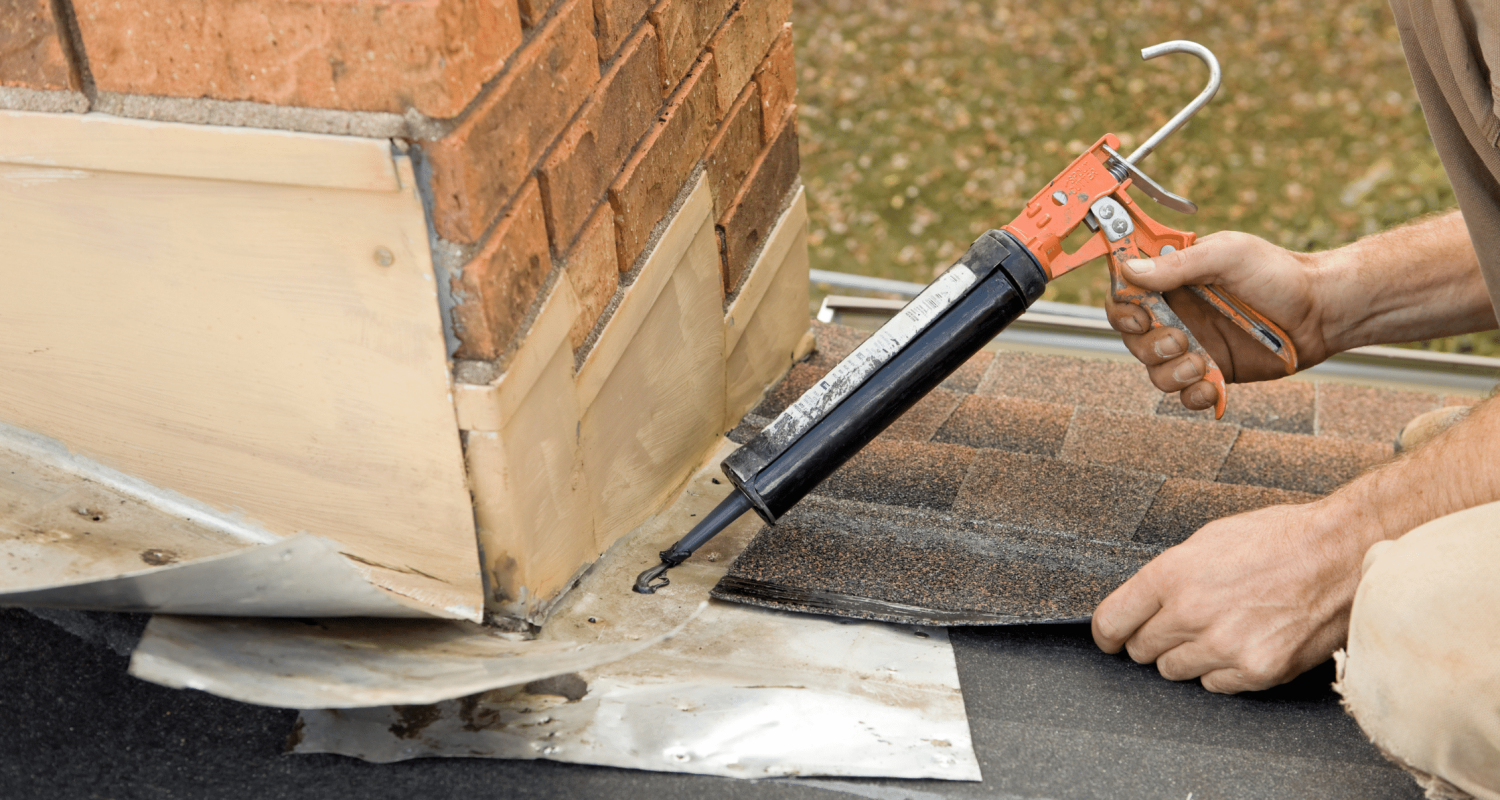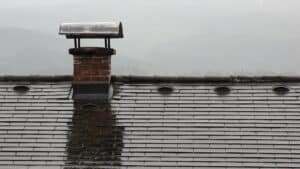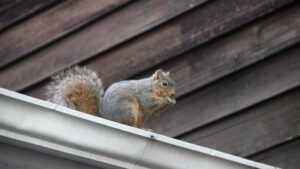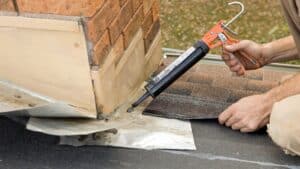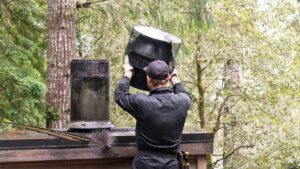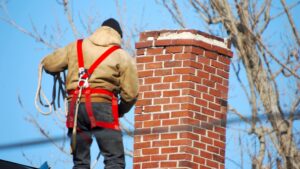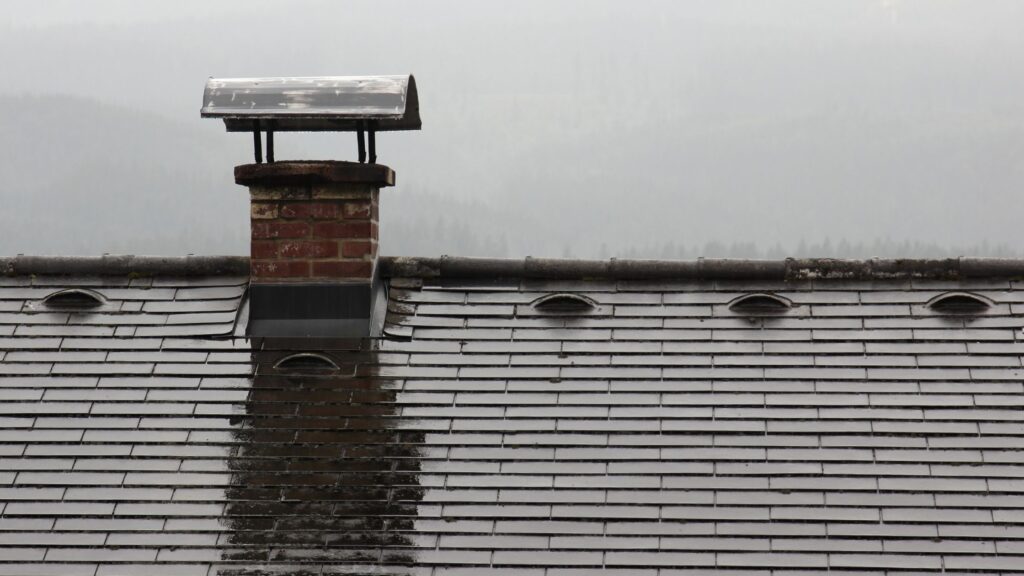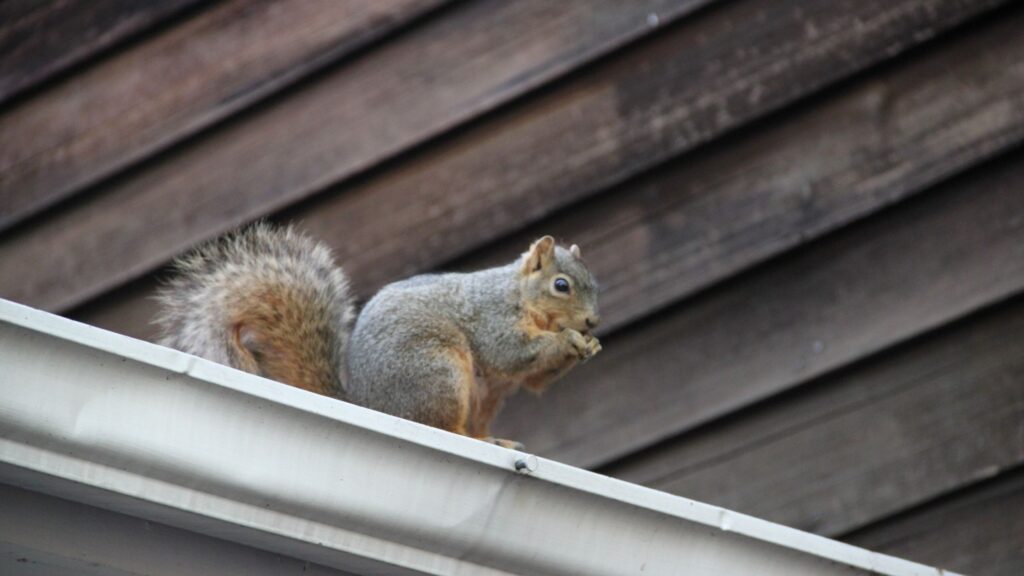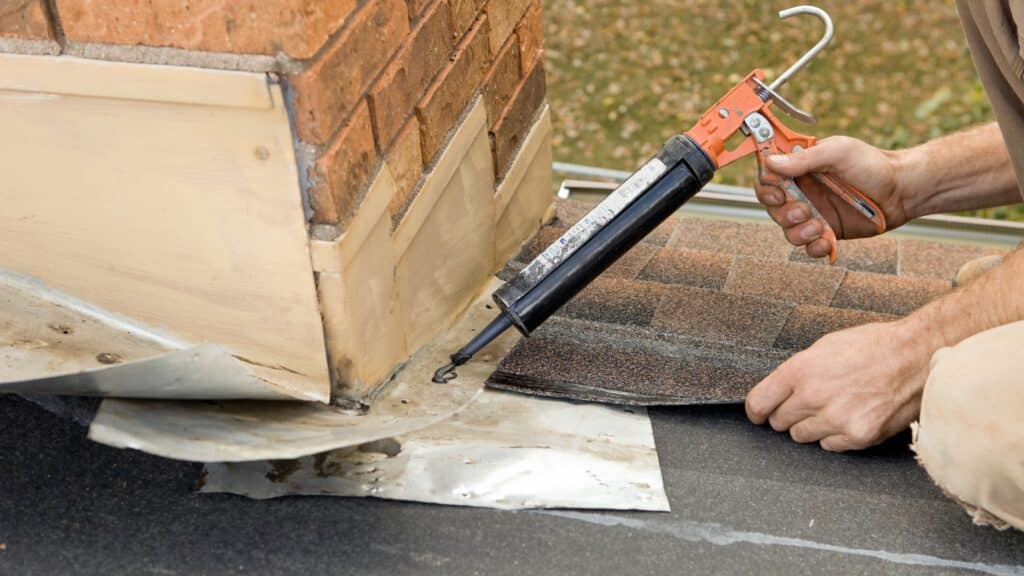Chimney leaks are a common but often overlooked issue that can cause serious water damage and compromise the structural integrity of your home. Especially in regions like Catskill, Greene County, and Hudson County, where rain and snow are frequent, taking steps to prevent chimney leaks is crucial. In this guide, we’ll discuss practical advice for identifying and fixing chimney leaks before they turn into costly repairs.
Common Signs of a Chimney Leak
Before diving into prevention and repair tips, it’s important to understand the common signs that indicate a chimney leak. Identifying these early can help you act before major damage occurs:
- Water Stains on Ceilings or Walls: If you notice discoloration or water marks around your fireplace or near the chimney, this is often a sign that water is leaking in.
- Damp or Musty Smell: A lingering damp smell in your home, particularly around the chimney, can indicate that moisture is seeping in.
- Crumbling Bricks or Mortar: When water penetrates masonry, it can cause bricks to crumble or mortar joints to weaken over time.
- Rust on the Fireplace Damper or Chimney Cap: Rust spots are a sign that water is entering the chimney. This can lead to further deterioration of metal components.
Causes of Chimney Leaks
Understanding what causes chimney leaks can help you prevent them. Here are the most common culprits:
1. Damaged Chimney Flashing
Flashing is the material installed at the point where the chimney meets the roof, creating a watertight seal. If the flashing is damaged or improperly installed, water can seep in around the chimney.
2. Cracked Chimney Crown
The chimney crown, located at the top of the chimney, protects it from rain and debris. Over time, cracks in the chimney crown can allow water to enter, causing leaks and interior damage.
3. Worn or Missing Mortar Joints
The mortar between bricks can wear down over time due to exposure to the elements. Water can penetrate these cracks, leading to leaks and potentially causing the chimney structure to weaken.
4. No Chimney Cap
Without a chimney cap, rainwater can freely enter the chimney. A chimney cap acts as a cover, protecting the inside of the chimney from precipitation and debris.
5. Condensation Issues
In homes where gas fireplaces are used, condensation can build up inside the chimney, especially if it lacks a properly fitted liner. This moisture can accumulate and cause leaks.
Solutions to Fix and Prevent Chimney Leaks
Luckily, there are several effective solutions for addressing and preventing chimney leaks. These tips can help you protect your home from water damage and ensure your chimney remains structurally sound.
1. Repair or Replace Chimney Flashing
If your chimney flashing is damaged or missing, it’s important to repair or replace it as soon as possible. Professional roofers or chimney specialists can ensure the flashing is properly installed to prevent future leaks.
2. Seal Cracks in the Chimney Crown
Inspect the chimney crown regularly for cracks. You can seal minor cracks using a waterproof sealant, but if the crown is severely damaged, it may need to be replaced by a professional.
3. Repoint the Mortar Joints
Repointing is the process of renewing the mortar joints between the bricks. This not only prevents water from entering but also helps maintain the structural integrity of the chimney. A professional mason can perform this work to ensure long-lasting results.
4. Install a Chimney Cap
A chimney cap is one of the most cost-effective ways to prevent leaks. It covers the top of the chimney and prevents rain, snow, and debris from entering. Chimney caps also help keep animals out of the chimney.
5. Waterproof Your Chimney
Applying a waterproofing solution to the exterior of your chimney can help protect it from water damage. These specialized sealants allow the bricks to breathe while repelling water, preventing leaks before they start.
6. Check for Condensation Problems
If your chimney lacks a proper liner or if condensation is causing leaks, consider having a chimney liner installed. A liner helps regulate temperature and reduces the chances of condensation buildup, especially with gas fireplaces.
Regular Maintenance: The Key to Long-Term Protection
Regular maintenance is essential to preventing chimney leaks and protecting your home from water damage. Here’s how you can stay ahead of potential problems:
- Schedule Annual Inspections: Professional chimney inspections can catch small issues before they turn into major leaks. Chimney experts can identify signs of wear, damage, or improper installation and recommend solutions.
- Clean Your Chimney: Regular cleaning helps ensure there’s no buildup of debris, creosote, or blockages that could lead to water-related issues. Removing blockages also improves chimney draft and prevents smoke problems.
- Check After Severe Weather: Strong storms, heavy snow, or extreme temperature changes can damage the chimney structure. After significant weather events, inspect the chimney for any signs of leaks or damage.
Conclusion: Protect Your Home by Addressing Chimney Leaks Early
Chimney leaks can cause significant damage if left untreated, leading to costly repairs and affecting the overall structural integrity of your home. By identifying early signs of chimney leaks, understanding the common causes, and taking proactive measures like sealing cracks, installing a chimney cap, and repairing flashing, you can protect your home from water damage.
For professional chimney leak inspections, repairs, and waterproofing in Catskill, Greene County, and Hudson County, contact True Ventilation. With over 20 years of experience, our team of certified experts is ready to keep your home safe and dry. Call us today at 888-775-9498 or email trueventilation@gmail.com to schedule an inspection.



